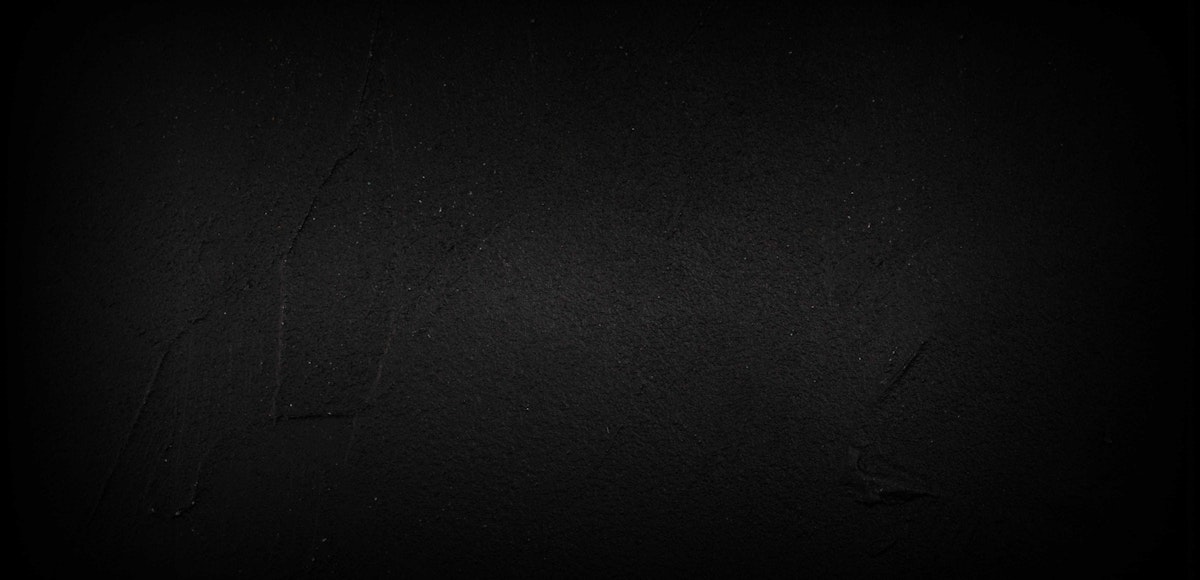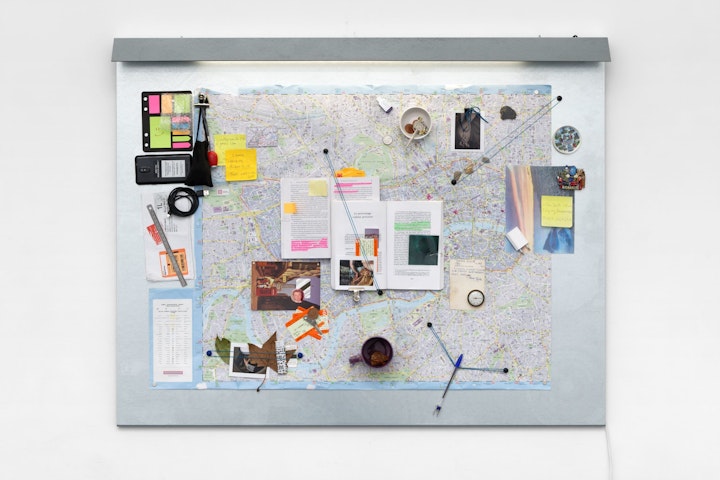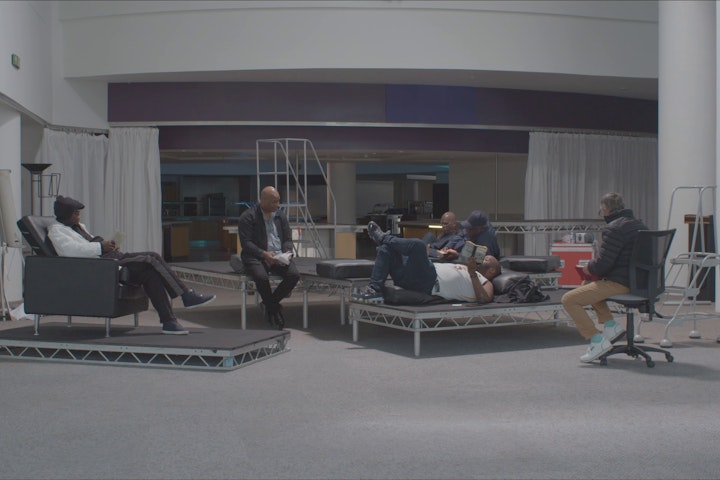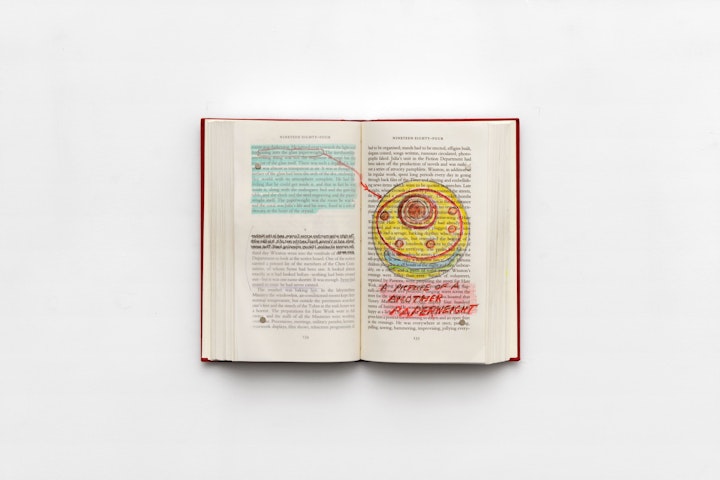
LEAP22 Paul Heintz
Paul, why did you want to apply to LEAP?
I already have a link with Rotondes, having exhibited here in the past [Triennale Jeune Création, 2017; Shanzhai Screens, 2019]. But I also find that important encounters occur during group exhibitions – with art professionals and curators of course, but also with other artists. Friendships are formed around the artworks. The times I have shared a space with other artists I have met some great people and the urge to initiate collaborations has emerged from it. It’s interesting because all my artistic work somehow revolves around meeting strangers I should never have crossed paths with.
So, you use coincidences and impromptu encounters to develop your works?
In fact, at the beginning of an artistic creation, I like to establish a rather strict protocol. For example, for Character, which will be shown during LEAP, my aim was to see if it was possible to meet a character from a novel, in this case, Winston Smith, the main protagonist in George Orwell’s 1984. What followed was that I set out to look for, and meet with, people named Winston Smith in modern-day England. At the same time, I like to lose myself, and not pin my artistic desires on a reality. I met these Winston Smiths, I made a film with them, I wrote scenes for them, but I wanted them to take over the artistic work. I built something fictional and poetic with them, a place that was not closed to them, a place where they were free to tell what they wished.
Is it this poetry that makes it possible for you to use a dark novel as a starting point and yet not end up with a cold, pessimistic work?
Often, I start off with what I don’t like in the world, using a documentary approach, and then I try to transform it. Depending on the way the work is put together, the results can seem a bit cold.
The collages in the Character project, with the letters I exchanged with some Winston Smiths or bus tickets, have a kind of conceptual roughness to them when seen without the film. But that can also serve as a gateway to something more poetic. I think my projects criticise but not in a head-on way. I make people laugh and then ask themselves why they are laughing. That’s the way I like to arrange my displays.
Character is one of your most recent works. What does it say about your approach and the evolution of your work?
Character is representative of my current research. It shows how it’s possible to slide from a documentary investigation to something that is more like filmed theatre, or even performing arts. Since I’ve started making films, I’ve felt like I’m not entirely using a cinematographic approach. I reason much more in terms of situations than in terms of sequence cuts or shots. It feels a bit like I come from visual arts and filmed performance.
When the Winston Smith’s met and went on stage, it was scripted. Sometimes, we would prompt a discussion by suggesting intentions of possible outcomes. But it was their voices that came out, it was never a literal rendering of the texts written for them. Besides, I also really enjoy working with sound, listening to people’s voices, how they tell their stories. I think that’s what I liked the most: how it’s possible to talk about humanity through staging. Knowing that, my work could evolve into something other than film.
Are other evolutions in view?
Sometimes I like to create unique, artistic microcosms. I really want to change things socially and at the same time I feel that art is powerless in this endeavour. So, I ask myself: how can the art market help the city and the people who participate in my projects? I think it’s important to be the instigator of something more, and not just be the artist who intervenes in a community with a production.







